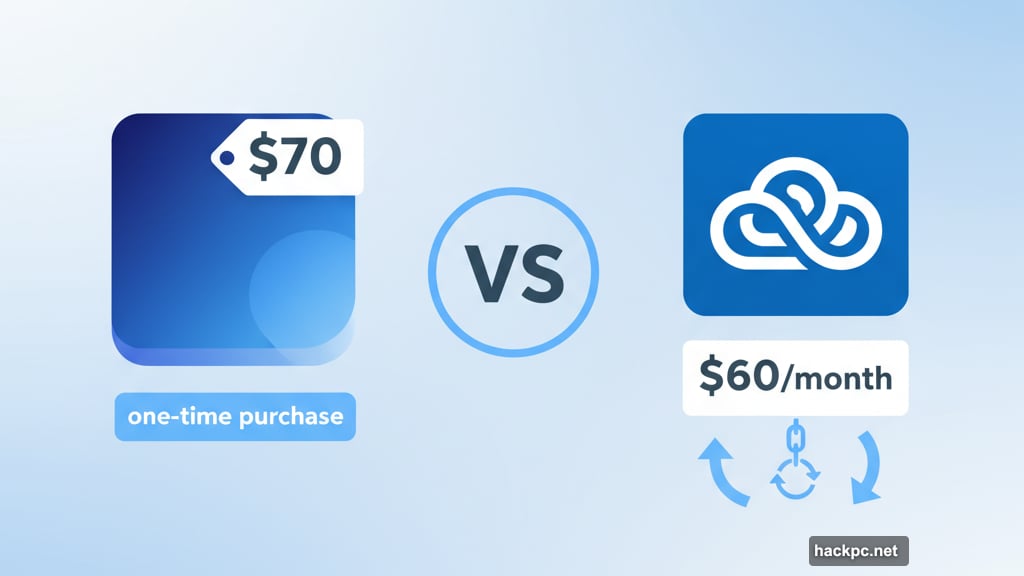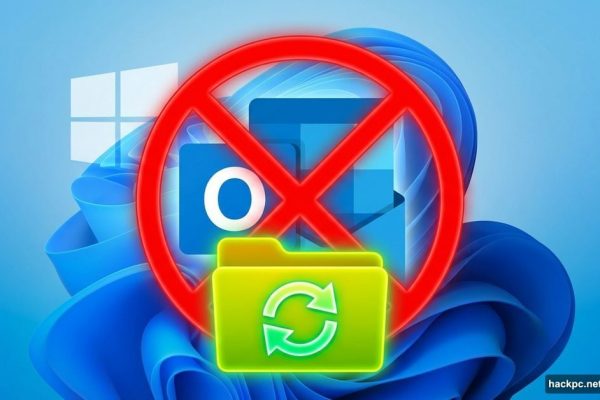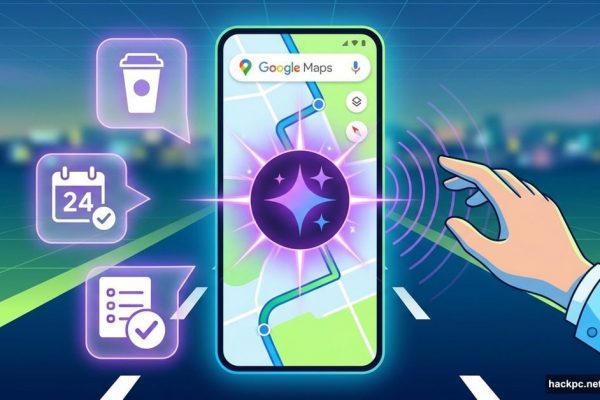
Adobe competitors are dying. Or getting acquired. Or both.
Affinity looked doomed after Canva bought it last year. Everyone expected the worst: forced subscriptions, bloated features, and the slow death of what made Affinity special. Instead, Canva did something wild. They made it completely free.
Well, mostly free. Let’s talk about what actually changed.
Three Apps Became One Monster Tool
Affinity Designer, Photo, and Publisher are gone. In their place sits one unified app that does everything.
You get illustration tools, photo editing, and page layout in a single interface. Switch between them using Vector, Pixel, and Layout tabs. Or mix tools from all three if your project needs it.
Here’s the clever part. You can save custom toolbars for specific workflows. So if you’re a photographer who occasionally needs layout tools, build exactly the interface you want. No more hunting through menus designed for illustrators.
The core functionality hasn’t changed much. Existing users will recognize the tools they relied on. But now those tools play together without switching apps or managing multiple licenses.
Canva’s Fingerprints Are Light But Visible
The integration feels surprisingly restrained. No garish rebrand. No pushy upsells plastered everywhere.
You do need a free Canva account now. That’s the price of admission. Plus, there’s a new “Send to Canva” button that ships your project over to Canva’s web tools.

Most controversial? Canva AI Studio lives inside Affinity now. Background removal and Generative Fill join the toolkit. Some users will love this. Others will hate having AI features they never asked for.
But honestly, Canva could have done way worse. They could have gutted the interface, dumbed down features, or turned Affinity into a Canva wrapper. Instead, they mostly left it alone.
The Free Part Has a Catch
Free sounds amazing. But “free” doesn’t mean the same thing it used to.
Old Affinity let you buy once and own forever. Pay your $70, get your software, done. No accounts, no subscriptions, no strings attached.
New Affinity requires an account. It connects to Canva’s cloud services. And those AI features? They’re trying to upsell you on Canva’s paid plans.
So yes, the core app is free. But it’s free like Gmail is free. You’re not the customer. You’re the potential subscriber they hope to convert later.
Still, that beats Adobe’s $60 monthly Creative Cloud tax. And it crushes Photoshop’s $23 monthly fee for a single app. For designers and photographers tired of subscription fatigue, free Affinity looks pretty good right now.
Desktop First, Mobile Later
You can grab Affinity today for macOS or Windows. Desktop users are the priority here.
iPad users? You’re waiting. Canva promises an iPadOS version eventually. No timeline, no specifics, just “coming soon.” That’s frustrating for the tablet crowd who loved the original Affinity Photo for iPad.
Meanwhile, existing owners of Affinity V2 apps can keep using what they bought. Those licenses still work. Canva isn’t forcing anyone to switch immediately.

That’s smart. Designers hate being rushed into new tools, especially when their current setup works perfectly.
Adobe Competitors Keep Disappearing
Affinity joining Canva is just the latest consolidation. Remember Pixelmator? Apple bought them in November 2024.
The pattern is clear. Independent Adobe alternatives either get acquired by tech giants or fade away. Staying independent gets harder every year when you’re competing against a $230 billion company.
At least Canva and Apple seem committed to keeping these tools alive. But alive doesn’t always mean better. We’ve seen too many beloved apps get “improved” into something unrecognizable after acquisition.
What This Means for Your Workflow
Professional designers face a choice now. Stick with Adobe’s ecosystem and pay forever. Or jump to free Affinity and accept Canva’s light touch.
For freelancers and small studios, that math is simple. Saving $720 annually on Creative Cloud subscriptions buys a lot of coffee. Plus, Affinity’s tools are genuinely capable. Many designers won’t miss Illustrator or InDesign at all.
Adobe still dominates certain niches. Video editing with Premiere Pro, advanced 3D work, and tight integration across a dozen specialized tools. But for illustration, photo editing, and layout? Affinity now competes hard at literally zero cost.
The real test comes six months from now. Will Canva keep Affinity truly free? Or will essential features slowly migrate behind paywalls? History suggests we should stay skeptical.
For now though, Adobe’s stranglehold on creative software just got weaker. And designers finally have a powerful alternative that won’t drain their bank account monthly.



Comments (0)